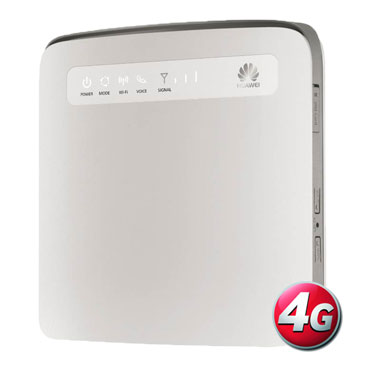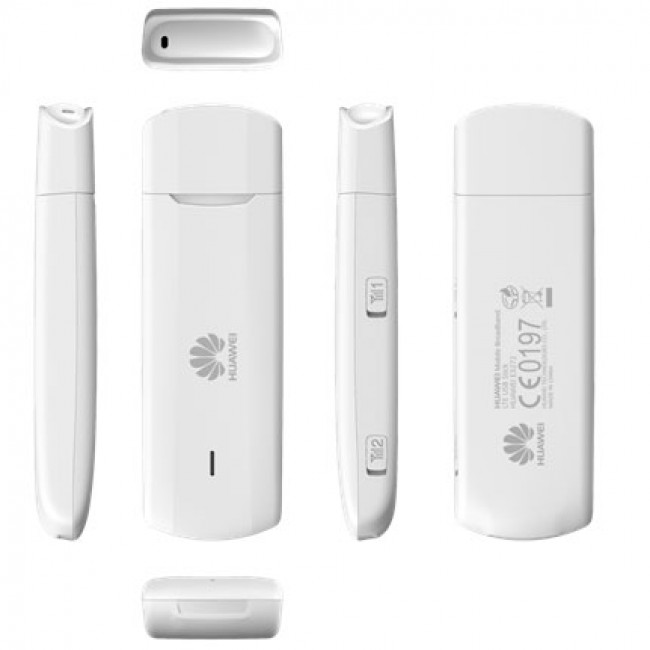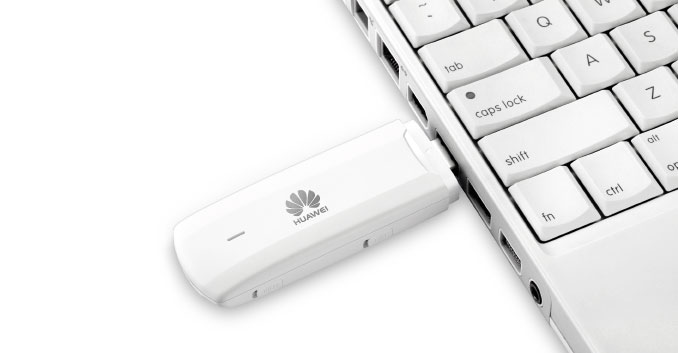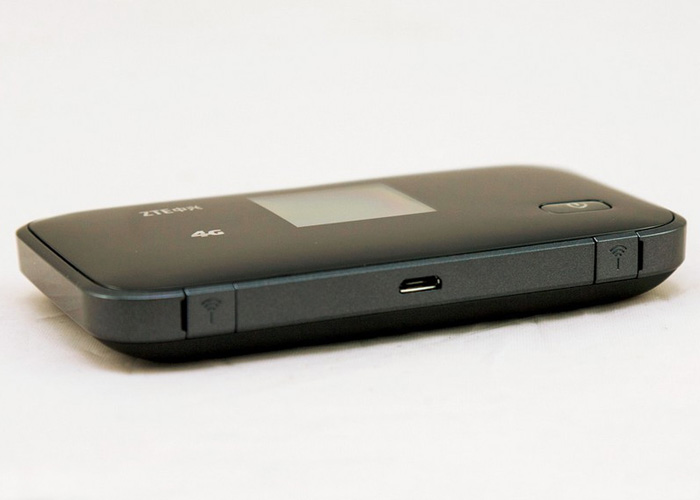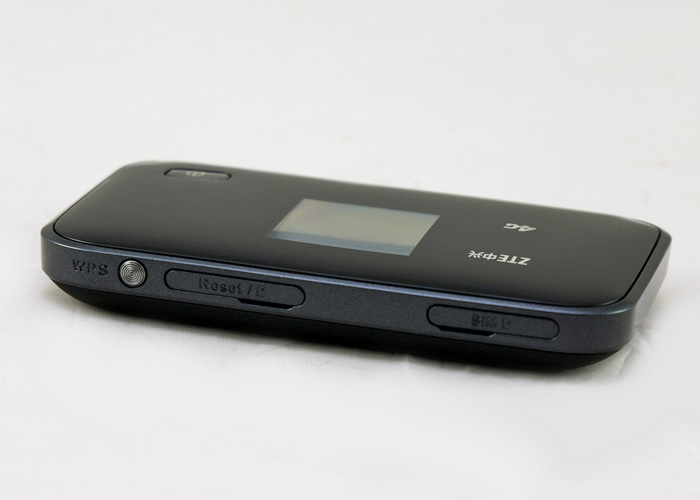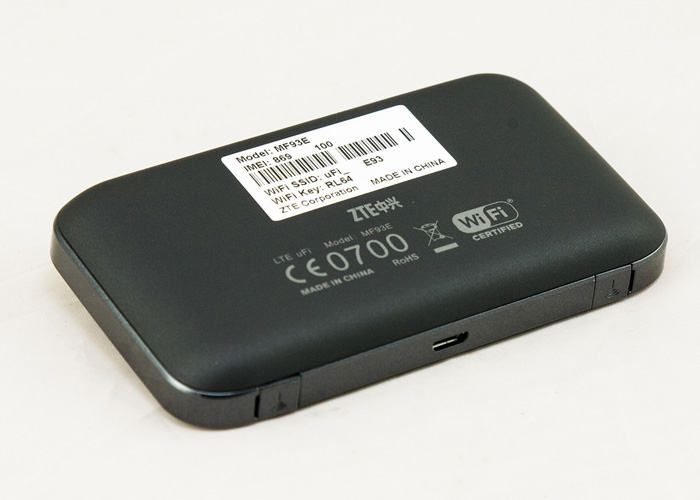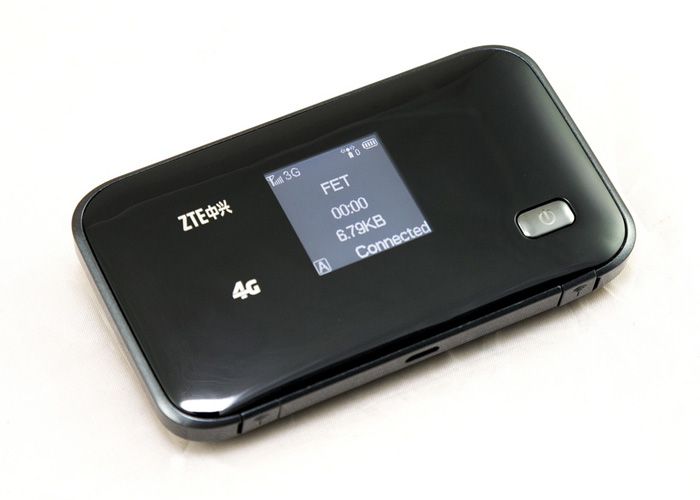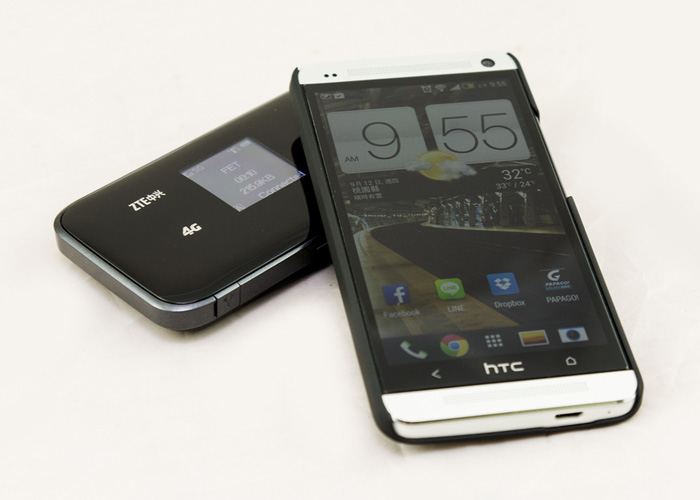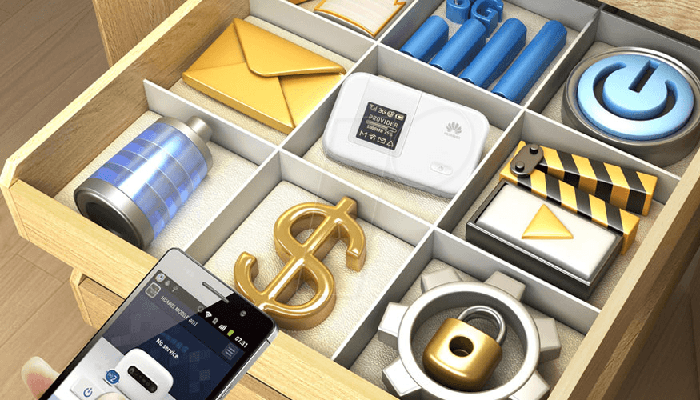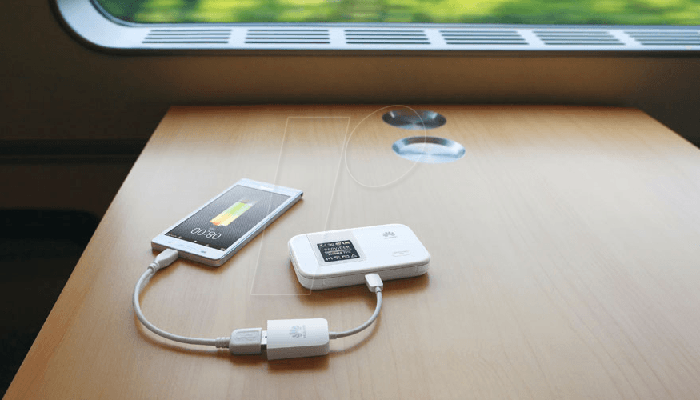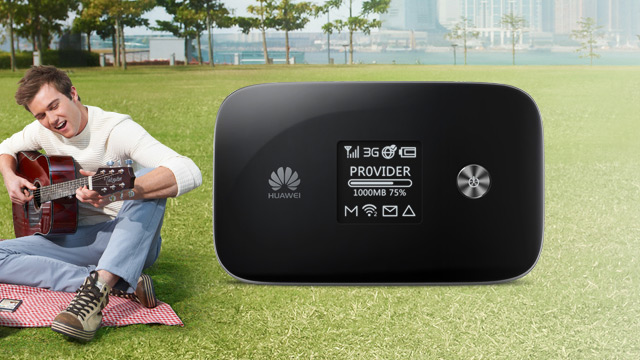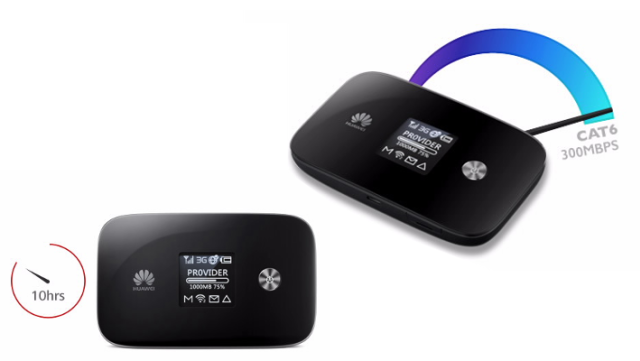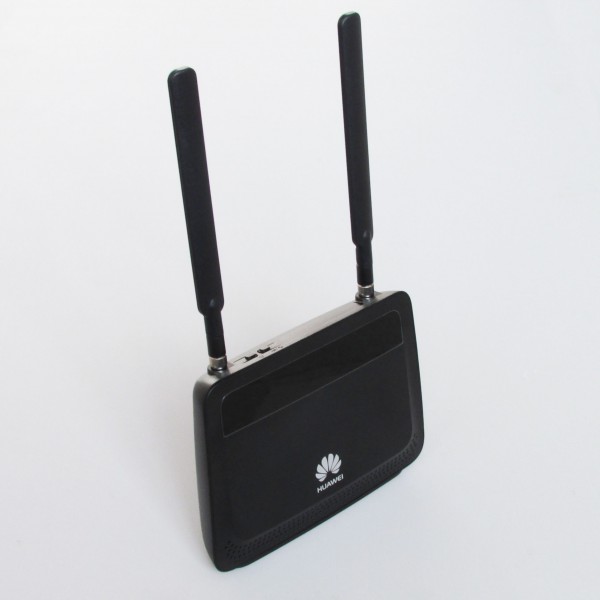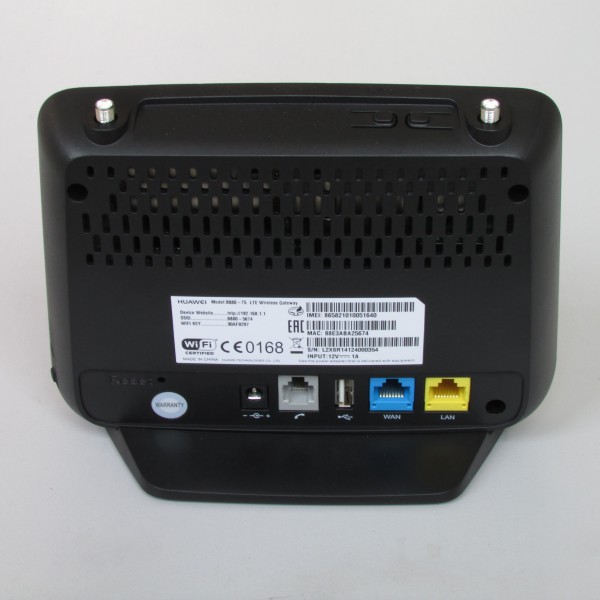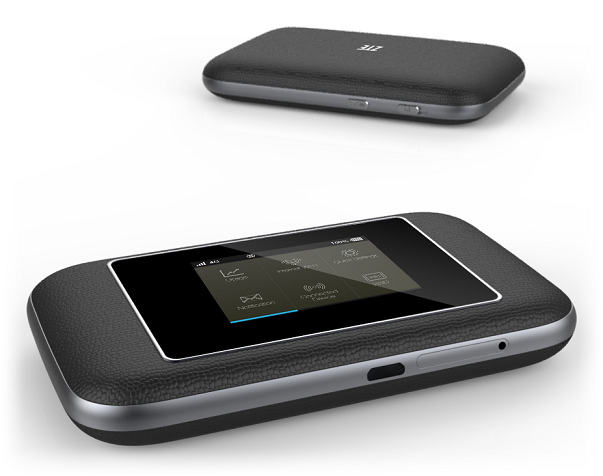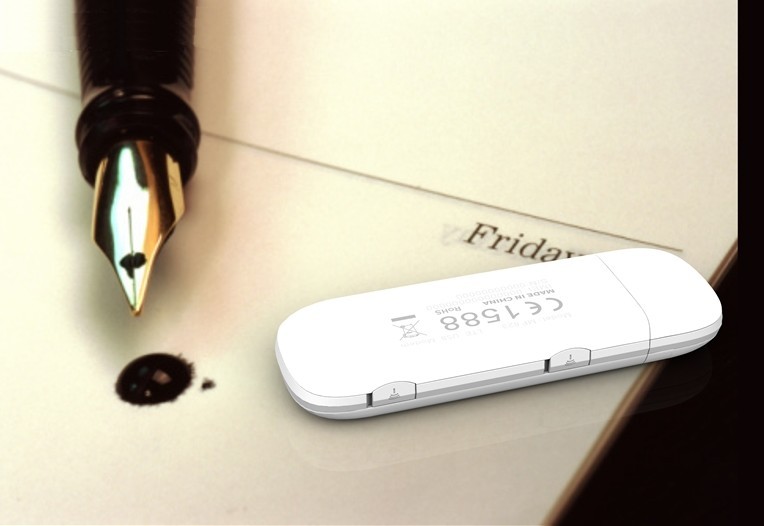Portugal is the first country where the new Vodafone B4000 LTE-Advanced Router is available. Since mid-June you can purchase your new router there, either without contract or with a mobile phone contract. And we can see there are many shops selling unlocked Vodafone B4000 without any contract. If you don’t want to be tied with the network operators, you can consider this unlocked one. The Vodafone B4000 router is manufactured by Huawei and there carries the model name of Huawei E5186. It is the world’s first LTE router for LTE-Advanced (LTE category 6), depending on the tariff and network, up to 300 megabits per second in the downlink can be achieved.
The Vodafone B4000 LTE-Advanced Router will be available over the summer in Germany with Vodafone, we could look at the device 2014 at the CeBIT already precisely. The factory model Huawei E5186 is already available on the market without operators’ logo and customization, it would be great for those who don’t need the operators’ contract. User can buy Huawei E5186 as alternative.
LTE with up to 300 MBit/s downlink
It is the first time the carrier aggregation technology can be bundled support on LTE Category 6, with the various frequency bands. So you can reach up to 300 megabits per second in the downlink in a first stage with 2 × 2 MIMO antenna technology, uploads of up to 50 Mbit/s are as previously possible. The downlink of a doubling of speed compared to LTE Category 4 speed cannot automatically be used from any vendor supporting LTE Category 6: it is expected in Germany “only” 225 Mbit/s to apply on Vodafone, while Vodafone Portugal support up to 300 MBit/s.
WLAN ac and Gigabit Ethernet
The Vodafone B4000 or the Huawei E5186 installed the new WLAN ac for the first time in a cellular router as standard. Assuming a corresponding terminal to LTE category 6 may as well use full wireless speed. But not only the radio interface has been optimized, and the Ethernet ports on the back of Vodafone B4000 are much faster than in previous devices Vodafone B2000 and Vodafone B3000. They now offer speeds of up to 1 Gbit/s.
Vodafone has already demonstrated LTE-Advanced in live operation at the CeBIT 2014. Press representatives could see speeds well in excess of 200 Mbit/s. according to a statement, Vodafone plans from March, the introduction of LTE-Advanced category 6 for the summer of 2014. with a start to the IFA technology, trade show in early September is considered highly probable in Berlin. Here many new products, services and technologies were launched in previous years.
